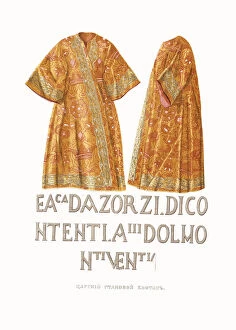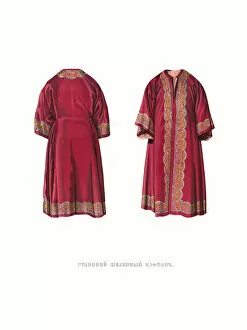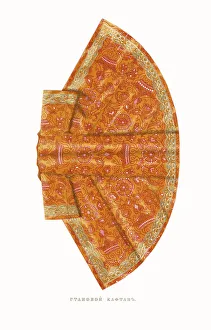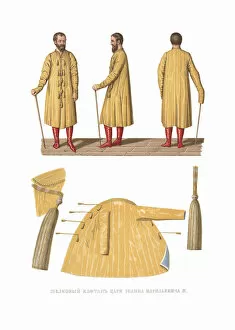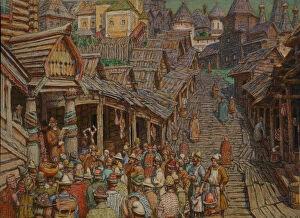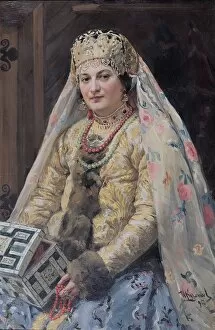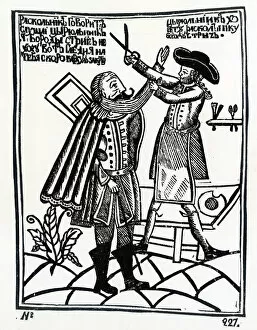Boyars Collection
"Boyars: Guardians of Russian Tradition and Power" From the dramatic events of history to the intricate details of their attire
All Professionally Made to Order for Quick Shipping
"Boyars: Guardians of Russian Tradition and Power" From the dramatic events of history to the intricate details of their attire, they have played a significant role in shaping Russia's rich cultural heritage. Vasily Shuysky, leading the Muscovites in the killing of Tsar False Dmitry I in 1606, exemplifies their influence on political affairs. The distinctive Russian costumes from the 17th and 18th centuries showcase the opulence and elegance associated with these noble figures. Engravings depict intricate patterns, vibrant colors, and luxurious fabrics that adorned their garments. These outfits were not only a reflection of fashion but also symbols of status and prestige. Even Napoleon himself recognized the importance when he awaited a deputation from them before Moscow in 1814. Their presence signified an acknowledgment by one powerful leader to another. Lebedev's artwork from 1907 portrays Tsar Ivan IV surrounded by his loyal boyars. This image captures both their loyalty to the monarch as well as their influential position within society. The Antiquities collection provides us with glimpses into specific pieces worn by tsars themselves - caftans made from silk or other exquisite materials. These artifacts remind us that clothing was not merely functional for boyars; it was an expression of power and authority. In addition to tsarist attire, depictions show how boyar clothing evolved throughout time. The Princes Repnin are depicted wearing clothing typical for XVII-century nobility while Afanasiy Kirillovich Naryshkin showcases another variation on this style. Whether through political maneuvering or sartorial splendor, they have left an indelible mark on Russian history. Their legacy continues to fascinate scholars and enthusiasts alike who seek to understand this unique class that shaped Russia's past.







